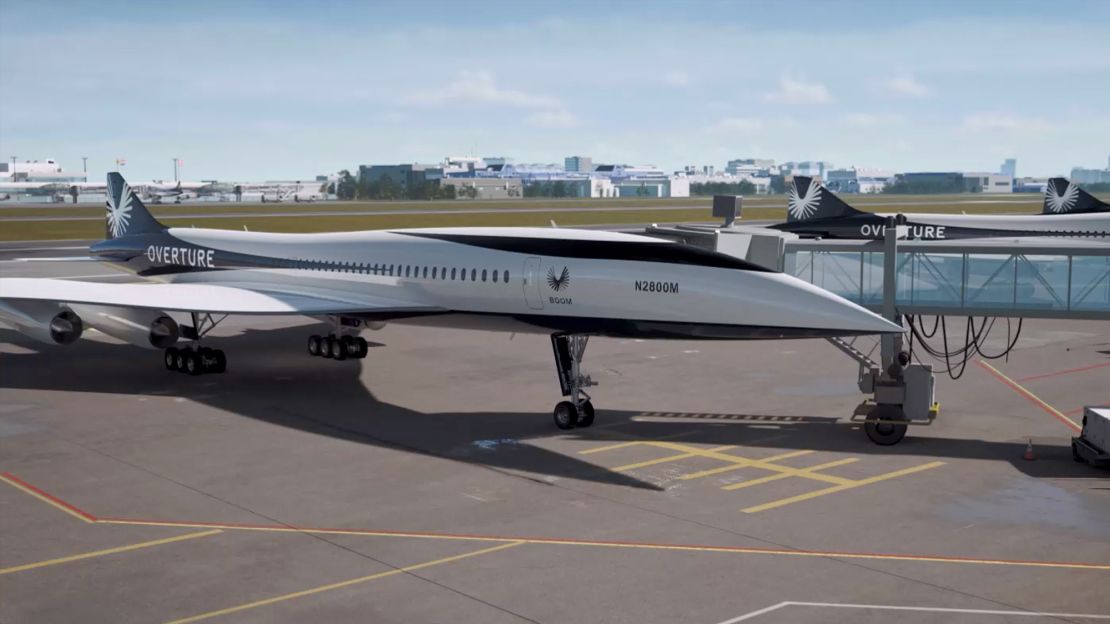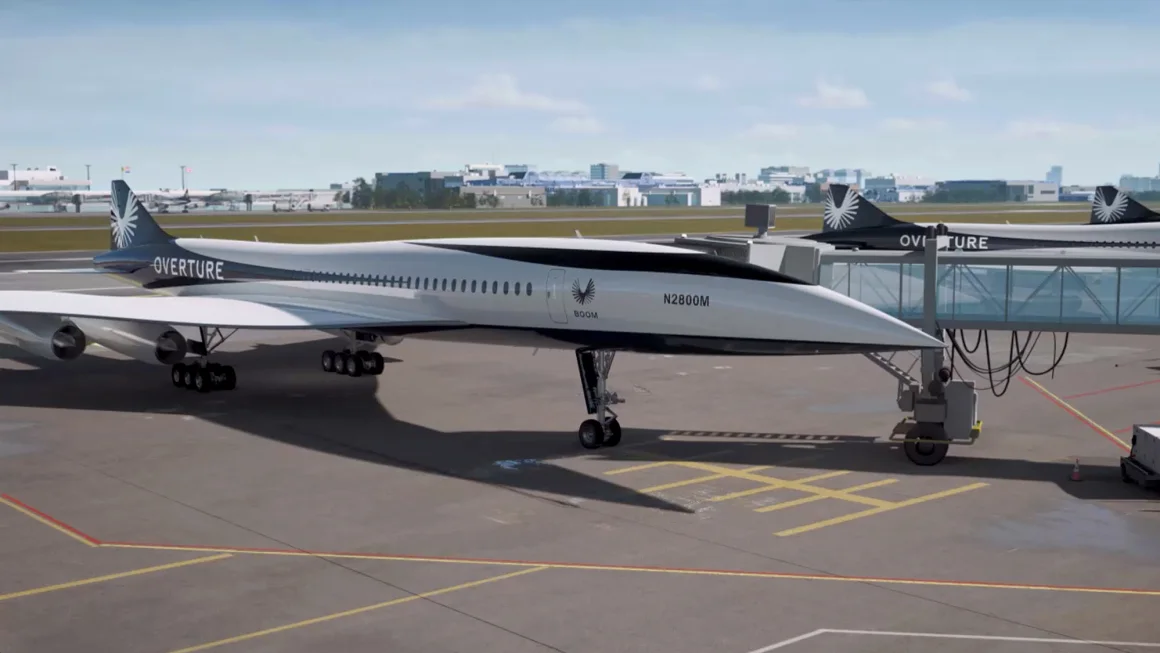The skies over the United States could be wide open for much faster air travel in the near future. Not just because passenger planes capable of breaking the sound barrier are in development — for the first time ever, they could be allowed to do it over American soil.
Even during the days of Concorde, the supersonic plane that retired in 2003, commercial flying at speeds above Mach 1 over mainland US was strictly forbidden, largely due to concerns over noise pollution from sonic booms.
Now moves are afoot to lift that restriction with a bill recently introduced in the Senate, and a similar measure in the House of Representatives. That means if the long-awaited “Son of Concorde” ever gets here, it will have more potential supersonic routes than its predecessor.
Currently, there are several supersonic passenger jets in development that aim to reach speeds beyond Mach 1 without crashing loudly through the sound barrier. NASA’s experimental X-59, expected to begin flight testing in 2025, aims to reduce noise to a “sonic thump.”
And then there’s Colorado-based Boom Supersonic, which is developing the Overture, the first actual supersonic passenger plane since Concorde flew into the sunset. Opening up US skies could be a step toward removing some of the hurdles it faces in becoming a reality.
“It’s a super exciting year for us,” Blake Scholl, founder and CEO of Boom told CNN.
Much of that excitement comes from the company’s XB-1 demonstrator aircraft breaking the sound barrier in January and again in February. It did so without creating a detectable sonic boom by flying at what it calls “boomless cruise” — also known as “Mach cutoff” — where sound refracts away from the ground at speeds close to the sound barrier in certain atmospheric conditions.
Boom aims to build the first prototype Overture engine by the end of the year and, if all goes according to the company’s very ambitious timeline, American Airlines, Japan Airlines (JAL) and United Airlines could all take delivery of their very first Overtures by the end of the decade.
![Boom_XB-1_Schlieren[1].png](https://media.cnn.com/api/v1/images/stellar/prod/boom-xb-1-schlieren-1.png?c=16x9&q=h_144,w_256,c_fill)
Related article Incredible NASA photo captures sound barrier being broken
Appealing offer, tough reality

Overture will have capacity for 80 passengers. Boom Supersonic
Scholl’s sales pitch is very appealing. Who doesn’t want to be able to work a full day on the West Coast, jump on a supersonic flight east that evening, and either be home or in a hotel in New York or D.C. before midnight?
The Overture would make those trips possible with a cruise speed of Mach 1.7 that could slash the duration of a transcontinental flight by up to half.
Overture’s 80 passengers could make those speedy flights in relative comfort. Renderings show luxurious seats comparable to the contemporary business class offering on any subsonic plane.
Whether airlines are keen is another matter.
The range of the Overture is one challenge. At about 4,888 miles, it’s enough for a transcontinental flight over the US or a transatlantic hop to Europe but not enough to traverse the Pacific without a stop.
And the much-touted commitments from American, JAL and United are all non-binding and, at least in the eyes of the industry, viewed as more fluff than substance. Critically, none of the airlines list the deals among their firm capital commitments in stock exchange filings.







